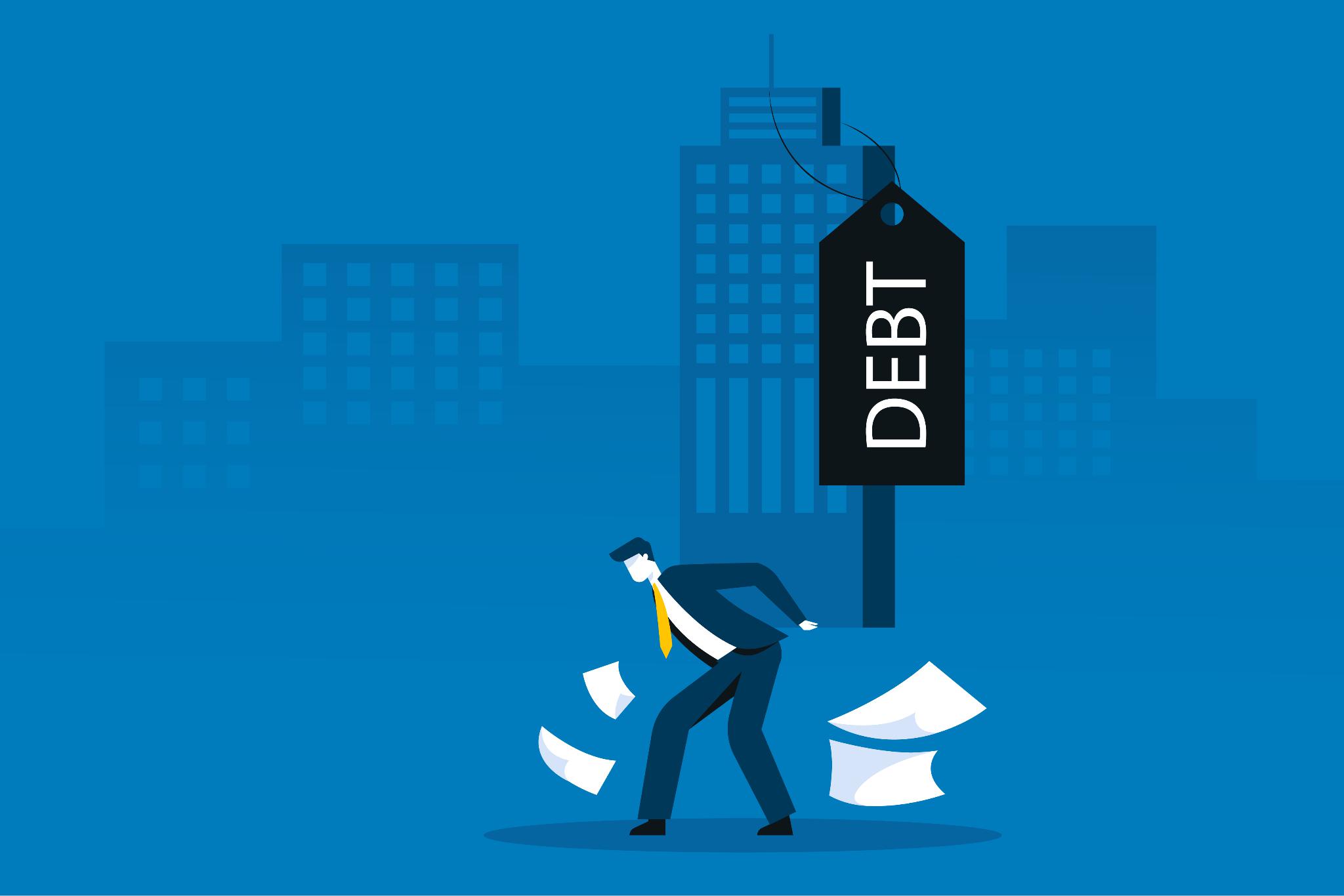When financial pressures become overwhelming, many Texans explore options like debt consolidation, debt settlement, or negotiating with creditors. While these approaches can help in some cases, they are not always sufficient to resolve serious financial challenges. For residents facing unmanageable debts, bankruptcy may be a better approach when traditional debt relief isn’t feasible. Understanding the differences between debt relief strategies and bankruptcy, as well as the protections available under Texas law, can help individuals make informed decisions.
Understanding Debt Relief Options
Debt relief encompasses a range of strategies designed to help individuals manage or reduce outstanding obligations. Some people consider working with a debt relief lawyer or a debt relief law firm to negotiate directly with creditors. Others explore debt settlement, where a debt settlement lawyer helps negotiate reduced balances or structured repayment plans. These approaches can be effective for some borrowers but often depend on consistent income, creditor cooperation, and the overall amount of debt.
We guide clients to evaluate whether these methods are realistic for their financial circumstances. In many cases, debt relief strategies can temporarily ease the burden, but they do not fully address long-term financial instability, leaving individuals vulnerable to collection actions, including debt collection lawsuits or repossession threats.
When Bankruptcy Becomes the Better Option

Bankruptcy offers legal protections and a structured path to debt resolution that debt relief alone cannot always provide. Filing with a bankruptcy attorney can stop collection calls, provide relief from ongoing lawsuits, and protect essential assets such as your home and car under Texas exemptions.
For individuals facing a foreclosure lawsuit or worrying about repossession, bankruptcy may offer immediate legal safeguards that debt consolidation or settlement cannot match. Chapter 7 bankruptcy can eliminate qualifying debts quickly, while Chapter 13 allows for a structured repayment plan, giving clients the flexibility to retain important property while addressing remaining obligations.
Comparing Debt Consolidation and Bankruptcy
Debt consolidation combines multiple debts into a single loan or monthly payment, often with a lower interest rate. While this can simplify finances, it does not reduce the total debt amount. Additionally, consolidation loans usually require qualifying credit and steady income, which may not be available to individuals already struggling.
Bankruptcy, on the other hand, provides a legal framework to discharge certain debts entirely or restructure them under court supervision. We advise clients that while consolidation can work in some scenarios, bankruptcy often ensures a more comprehensive and lasting solution, especially when unsecured debts like credit cards, personal loans, or medical bills have become unmanageable.
How Bankruptcy Protects Assets
Texas law offers generous property exemptions that can protect homes, vehicles, household items, and retirement accounts during bankruptcy. This ensures that individuals can address debts without losing essential property. Working with a repossession lawyer or a debt relief lawyer can further clarify how bankruptcy shields valuable assets while providing relief from legal actions such as debt collection lawsuits or relief from tax levies.
We help clients understand which assets are fully protected, which debts are dischargeable, and how to plan for long-term financial recovery. This guidance can prevent common pitfalls that arise when attempting debt relief strategies without legal oversight.
Planning for Life After Bankruptcy
Filing for bankruptcy is not simply about eliminating debt; it is also a starting point for financial rebuilding. We counsel clients on budgeting, rebuilding credit, and avoiding future debt problems. For many, bankruptcy offers the structure and protections needed to regain control over their finances, providing a foundation for long-term stability that debt relief alone may not achieve.
By evaluating individual circumstances, we determine whether working with a bankruptcy attorney, a debt relief law firm, or a debt settlement lawyer is the most effective route. Each option is tailored to the client’s income, assets, and goals, ensuring a personalized approach to resolving financial challenges.
Making an Informed Decision
Deciding between debt relief and bankruptcy requires careful consideration. While debt consolidation or settlement can help some individuals manage obligations, bankruptcy often offers a more secure and comprehensive solution when debts are extensive or creditor actions are ongoing.
We encourage Texans to consult with a knowledgeable bankruptcy lawyer to understand all available options and protections. With expert guidance, individuals can make an informed choice that not only resolves current financial problems but also lays the groundwork for a more stable and secure future.
If you are struggling with debt and want to determine whether bankruptcy may be a better approach than other debt relief options, contact us at Joel Gonzalez Law today to schedule a consultation with an experienced bankruptcy attorney.









